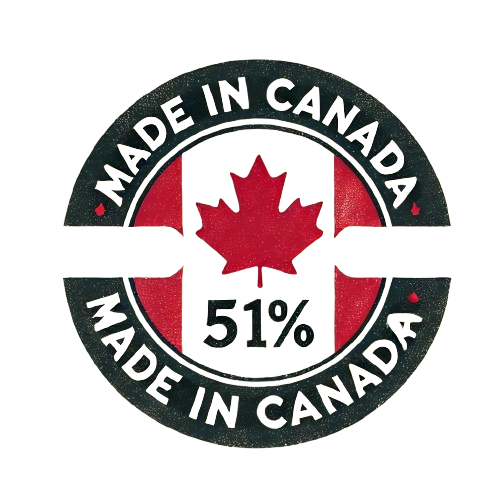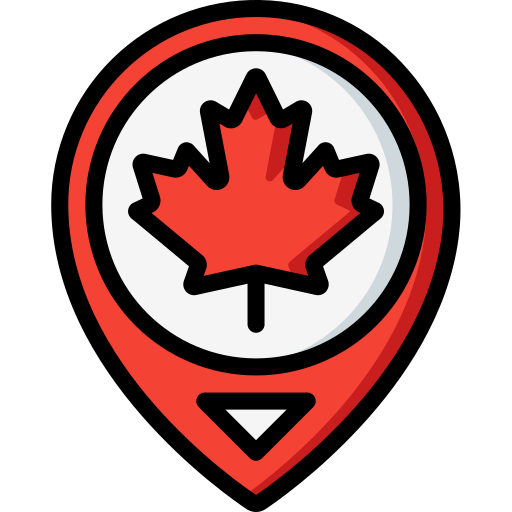“Made in Canada” and “Product of Canada” claim rules are governed by Innovation, Science and Economic Development Canada (ISED) and the Competition Bureau, under the Consumer Packaging and Labelling Act and the Competition Act.
“Product of Canada” Labeling Rules
To qualify for the “Product of Canada” claim, a product must:
- Have at least 98% of its total direct costs of production incurred in Canada. This includes ingredients, processing, and manufacturing costs.
- Be manufactured or processed in Canada. Any minor imported ingredients (such as small amounts of spices, vitamins, or food additives) are allowed but should be minimal.

“Made in Canada” Labeling Rules
To qualify for the “Made in Canada” claim, a product must:
- Have at least 51% of its total direct costs of production incurred in Canada. This includes the cost of manufacturing and assembly.
- Have its last substantial transformation occur in Canada. This means that significant processing or transformation must take place in Canada, even if some ingredients or materials are sourced internationally.

A qualifying “Made in Canada” product must also have a disclosure statement to clarify the presence of imported ingredients, such as:
- “Made in Canada from domestic and imported ingredients.”
- “Made in Canada from imported ingredients.”
Why These Rules Matter
These rules help ensure that consumers are not misled by false or exaggerated Canadian origin claims. They also give businesses clear guidance on how they can label their products honestly.
👉Bottom Line
This means:
- If a business has over 98% Canadian content, they can use “Product of Canada.”
- If a business has between 51% and 97% Canadian content, they can use “Made in Canada” with the appropriate disclosure about imported ingredients.

